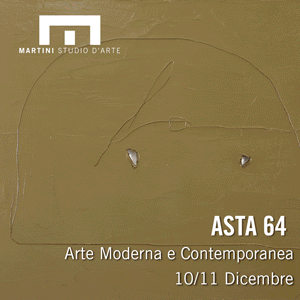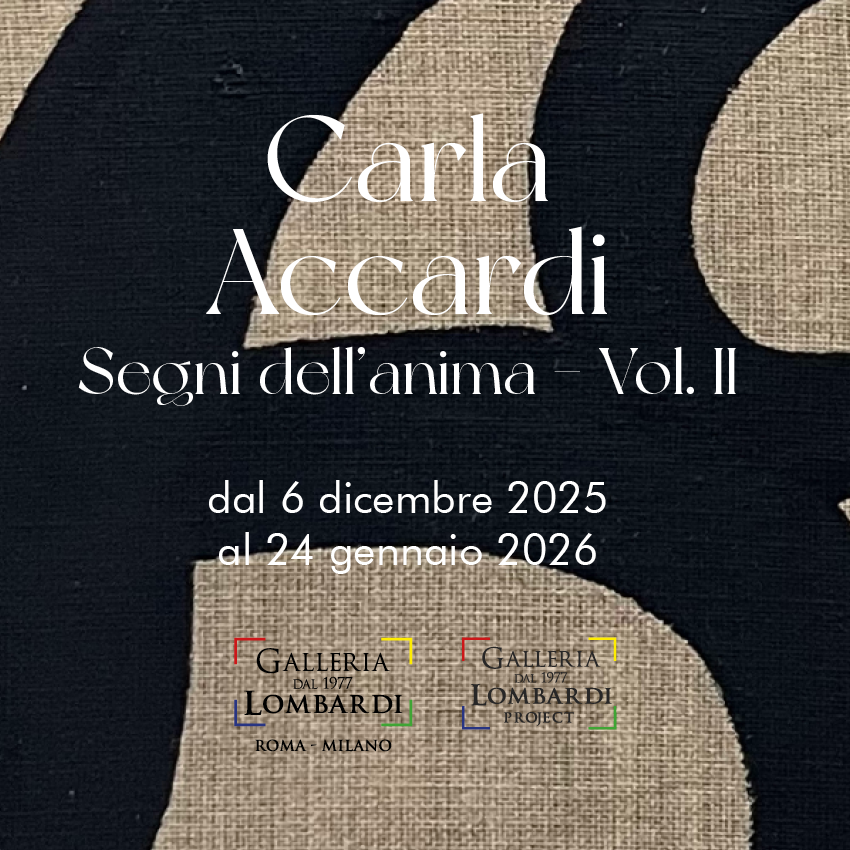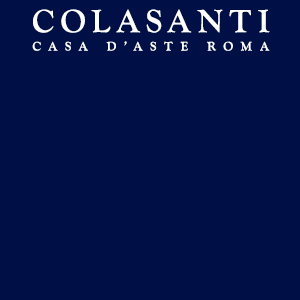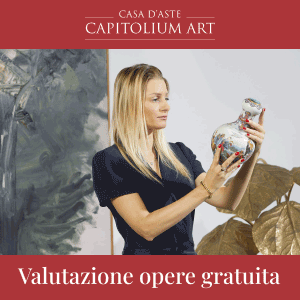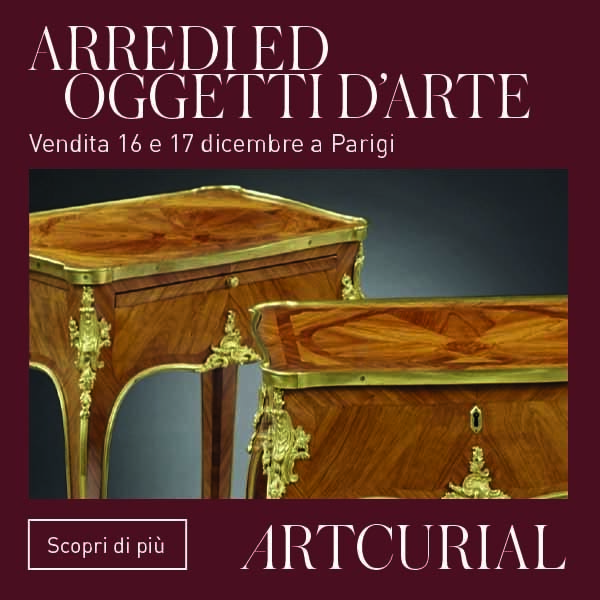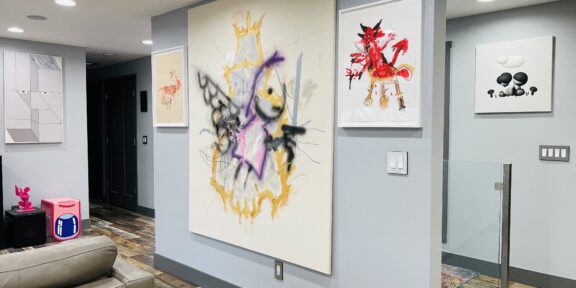
Vi proponiamo la seconda parte della lunga e approfondita intervista al collezionista Ronnie Pirovino di Giada Pellicari (qua la prima parte uscita lo scorso 13 aprile)
Ronnie Pirovino è collezionista, curatore e art appraiser di Salt Lake City, negli Stati Uniti. Dagli inizi degli anni Duemila colleziona arte contemporanea, dopo aver avuto una lunga esperienza professionale negli ambiti del marketing e della comunicazione a Los Angeles.
G: Durante lo sfortunato 2020, a causa della tragedia del Covid-19 ci siamo trovati di fronte allo sviluppo dell’uso delle Viewing Room e delle aste online, anche se questo era un processo già iniziato diversi anni fa. Questi tipi di strumenti, come l’uso dei database Internet, delle Viewing Room per le fiere d’arte e le aste online, quanto sono importanti ora per i collezionisti e per il futuro del mercato dell’arte?
G: During this unlucky 2020, we have faced the development of the use of the Viewing Rooms and Online Auctions due to the tragedy of the Covid-19, even if this was a process that had already started diverse years ago. How much these types of tools, such as the use of Internet Databases, Viewing Rooms for the Art Fairs and online auctions are now important for the collectors and the future of the art market?
R: Potremmo non avere fiere per un altro anno, forse più a lungo. Per molto tempo potremmo non essere in grado di riunirci nelle stesse modalità in cui lo eravamo prima dell’inizio del 2020. I social media sono diventati la nuova “strada” e l’assoluta piattaforma per l’arte. Credo che la sfida in tutto questo sia principalmente per i collezionisti che non hanno familiarità con le opere che stanno prendendo in considerazione. Per questo scopo è più difficile prendere decisioni basate su un PDF, ma è una cosa che viene ancora fatta e l’arte sta vendendo di più in questo modo che mai. Certo, mi aspetto un ritorno alle fiere, alle visite in persona alle gallerie, insieme ai viaggi e a tutto ciò che serve per tornare a essere ancora parte del percorso del collezionismo. Tuttavia, la pandemia ha accelerato molti cambiamenti che erano in corso. Ci sono molte gallerie che stanno fallendo e scompariranno. Per alcuni aspetti, la natura darwiniana del campo artistico ha assunto un nuovo significato. Solo i forti sopravvivranno.
Personalmente quest’anno, sulla base di sole presentazioni virtuali, ho fatto relativamente pochi acquisti di opere di cui non ero totalmente familiare.
R: We may not have fairs for another year, perhaps longer. We may not be able to assemble in the same manners as we did prior to early 2020 for a long while. Social media has become the new ‘street’ and ultimate platform for art. I believe that the challenge in all this is mainly for collectors unfamiliar with the works they are considering. To that end, it’s more difficult to make decisions based on a PDF, but it’s still being done and art is selling more in this manner than ever. Of course, I expect a return to fairs and personal visits to galleries and travel and all that to return and be part of the course of collecting again. However, the pandemic has accelerated many changes that were afoot. There’s many galleries that are failing and will disappear. In some aspects, the Darwinian nature of the art field has taken on new meaning. Only the strong will survive. Personally, I have made relatively few purchases of art that I’m totally unfamiliar with this year, based on virtual presentations.
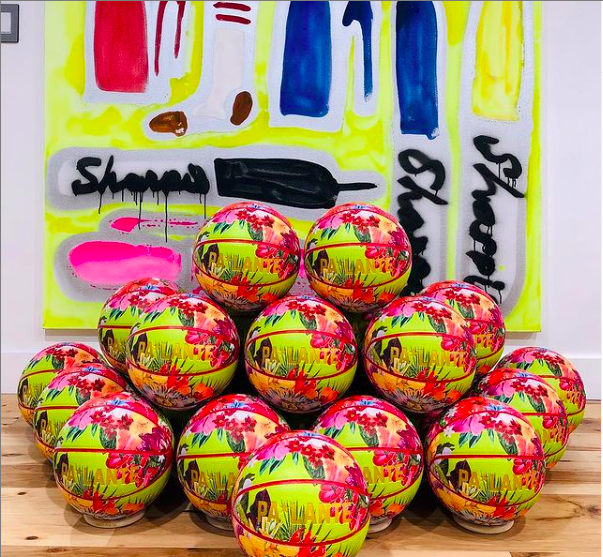
G: Direi che l’inizio di questa nuova tendenza può essere fatta risalire alla nascita di Instagram e all’utilizzo dei social network. Quanto usi Instagram per collezionare e acquistare arte? Secondo te, qual è il ruolo di Instagram nel collezionare arte in generale e nello sviluppare le relazioni sociali?
G: I would say that the beginning of this new wave can be traced back to the birth of Instagram and the use of the social networks. How much do you use Instagram for collecting and purchasing art? In your opinion, what is the role of Instagram for collecting art in general and enhancing social relationships?
R: Oggi Instagram è a dir poco determinante per collezionare arte. Non solo a causa della pandemia ma anche grazie alla naturale progressione dei social media, Instagram è al centro del mondo dell’arte in questo momento. Sono molto attivo su questa piattaforma che viene attualmente utilizzata dalla maggior parte del mondo dell’arte come mai prima d’ora. Si tratta di una metrica di valore e di informazioni preziose su come un artista e il suo lavoro vengono “consumati” dal mercato generale. C’è anche una quantità crescente di vendite realizzate con l’uso DM (messaggio diretto). Non ho dubbi che la rilevanza della piattaforma crescerà ed è per questo che tendo a dedicarci ore ogni giorno.
R: Instagram is nothing short of instrumental today, for collecting art. Not only because of the pandemic, but also because of the natural progression of social media, Instagram is the center of the art world at the moment. I’m very active on this platform. And now most of the art world is using the platform unlike ever before. It’s a valuable metric and insight as to how an artist and their work is being ‘consumed’ by the general marketplace. There’s even a growing amount of sales being conducted with DM (direct message). I have no doubt that the relevance of the platform will only grow and that’s why I tend to spend hours on it every day.
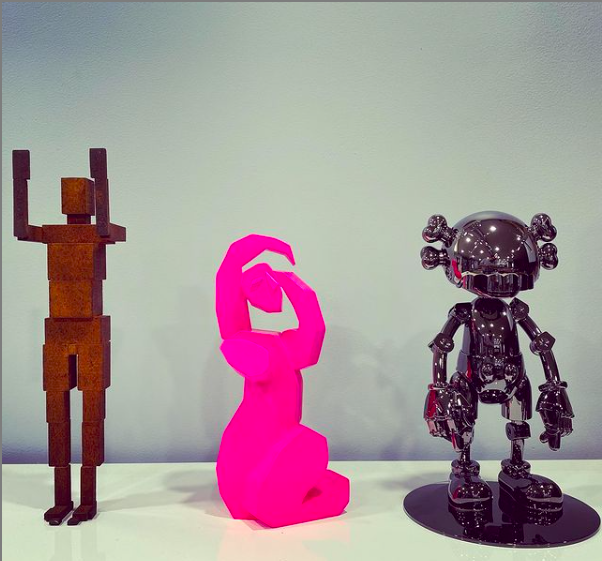
Image from Pirovino’s Instagram @pirovino
G: Sei noto in tutto il mondo per essere uno dei più importanti collezionisti del lavoro di KAWS, che collezioni dal 2003. Ecco perché ho tenuto solo una domanda a riguardo, per non ripetere molte informazioni che sono già disponibili online su di te e sulla tua collezione. A livello emotivo vorrei chiederti: perché ami KAWS?E su quello intellettuale ed economico: perché è così iconico e importante nel sistema dell’arte contemporanea ed è divenuto uno degli artisti blue-chip?
G: You are world-wide famous for being one of the most important collectors of KAWS’ work, which you have been collecting since 2003. That is why I am keeping just one question about that, in order not to repeat many infos that are already available online about you and your beautiful collection. I would like to ask you on an emotional level: why are you in love with KAWS?
And on an intellectual and economical one: why is he so iconic and important in the contemporary art system and has become one of the blue-chip artists?
R: Il mio apprezzamento per KAWS nasce dai miei studi nell’ambito della comunicazione e dalla mia precedente professione nel marketing e nella pubblicità. I suoi stravolgimenti dei manifesti pubblicitari originali in strada mi hanno affascinato e il suo lavoro con i “toys” mi ha offerto un punto di partenza per collezionare arte. Il suo lavoro nell’esplorazione dell’iconografia e delle sfaccettature della cultura popolare ha risuonato profondamente in me, poiché vedo nel suo lavoro sia un umorismo intelligente sia una critica profonda della natura della pubblicità. KAWS è cresciuto enormemente perché le sue immagini sono così facilmente accessibili a un pubblico di massa e appaiono benissimo su uno schermo. C’è una complessità di fondo nei messaggi, ma il lavoro può anche essere interpretato in modo molto superficiale. Le opere innovative di KAWS in forma scultorea sono un aspetto definitivo della sua eredità. Prima di lui, il mondo occidentale non collezionava i “toys” come se fossero arte su larga scala, come avviene oggi.
R: My appreciation for KAWS extends from my studies in communication and my former profession in marketing and advertising. His original advert disruptions from the street enthralled me and his work with ‘toys’ provided a starting point in collecting art. His work in exploring iconography and facets of popular culture resonated deeply in me, as I see both clever humor and deep criticism of the nature of advertising in his work. KAWS has grown tremendously because his images are so easily accessible to a mainstream audience and look great on a screen. There’s underlying complexity to the messages but the work can also be interpreted very superficially. KAWS’ groundbreaking works in sculptural form is a definitive aspect to his legacy. Prior to him, the western world did not collect toys as art on a wide scale, like today.
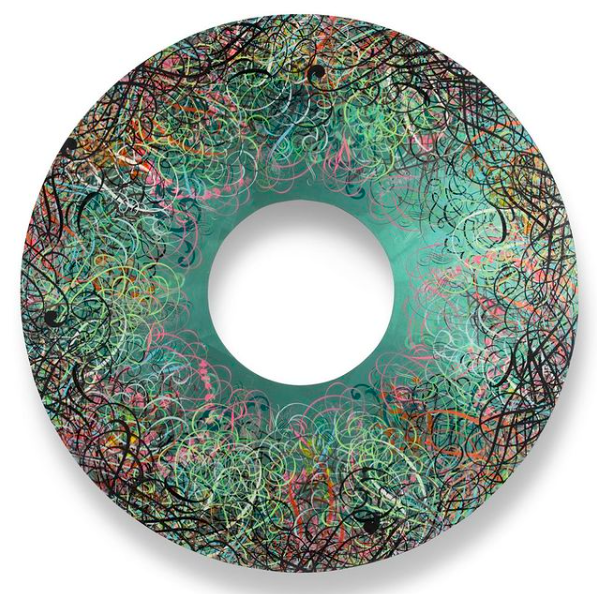
Image from Pirovino’s Instagram @pirovino
G: Quello che mi è piaciuto dell’idea di Trespassing è che volevi giustapporre diverse categorie d’arte all’interno di una narrazione coesa. Molte gallerie hanno generalmente focalizzato il loro lavoro su campi specifici e, il più delle volte, l’Urban Art è stata vista come un genere di nicchia proposto da specifiche gallerie d’arte. Sto anche notando, però, che alcuni di loro attualmente stanno aprendo la loro programmazione a questa scena con una visione intelligente e lungimirante mescolando generi diversi, come Emmanuel Perrotin sta facendo con la sua galleria. Pensi che le programmazioni delle gallerie dovrebbero essere più miste? Quali sono le tue preferite dove di solito acquisti le opere?
G: What I have loved about the idea of Trespassing is that you wanted to juxtapose diverse categories of art into one cohesive narration. Many galleries have usually focused their work on specific fields and, most of the times, Urban Art was seen as a niche genre proposed by specific art galleries. But, I am also noticing that some of them are currently opening up their program to this scene with a clever and farsighted view by mixing different genres, such as Emmanuel Perrotin is doing with his own gallery.
Do you think that the programs of the galleries should be more mixed?
Which are your favorite ones where you usually purchase art?
R: In definitiva credo che l’Urban Art, come qualsiasi altra categoria, sia indissolubilmente legata alla narrativa che viene tessuta dal presentatore. Una galleria, o una casa d’aste, o anche un museo, deve trovare un modo per riunire le emozioni anche se con modi inaspettati. Non credo che siamo più in un’epoca di percorsi rigidi e severi. Tuttavia non credo che le presentazioni e i programmi debbano semplicemente raggiungere qualunque cosa possa essere un mix interessante senza una deliberata base intellettuale. La conversazione deve essere evidente nei punti legati a qualcosa di coeso. Non esiste un’arte universale che si adatti a tutti, quindi penso che ci sia uno scopo reale nell’essere in grado di assemblare un messaggio potente e coinvolgente, che può comprendere la rottura delle regole. Adoro trattare con molte gallerie tra cui The Hole, James Cohan Gallery, Hauser & Wirth, OTI, Night Gallery, The Pit, The Unit London, tra gli altri.
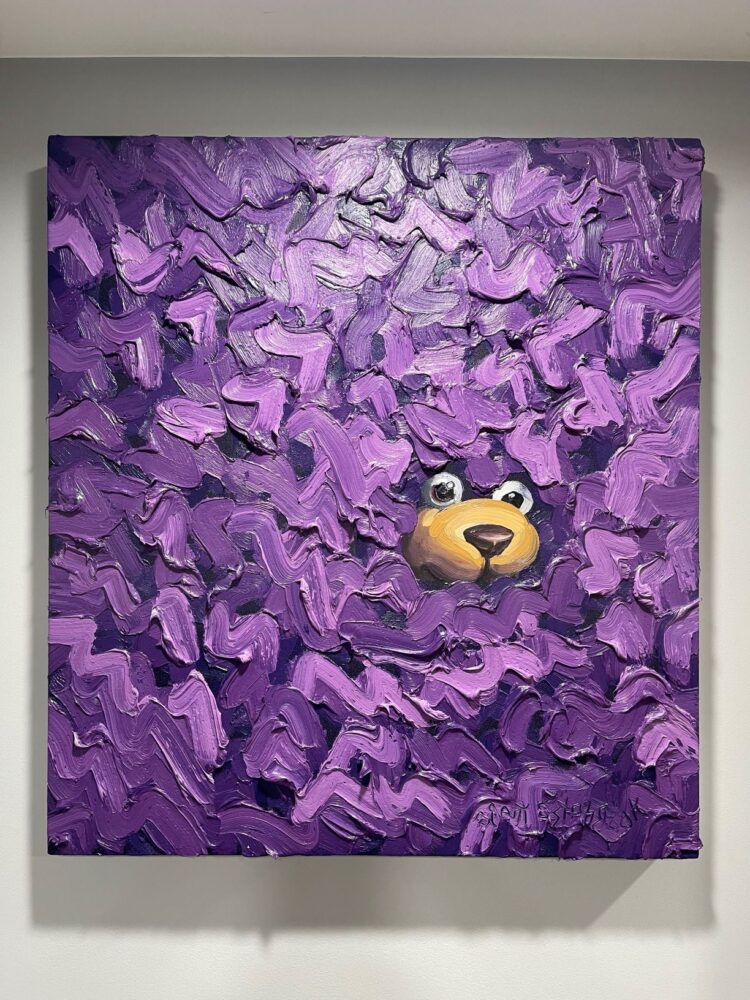
Image Courtesy Pirovino Collection
R: Ultimately, I believe Urban Art, like any other category, is inextricably tied to the narrative that’s being weaved by the presenter. A gallery, or auction house, or even museum, must find a way to bring together excitement even if with unexpected ways. I don’t think we are in an age of strict and rigid paths any longer. However, I don’t think that presentations and programs should just reach for whatever might be an interesting mix without a deliberate intellectual foundation. The conversation must be evident in the points being tied into something cohesive. There is no universal art that fits everyone, so I think there’s real purpose in being able to assemble a message that’s powerful and engaging, which may encompass breaking the rules.
I love to deal with many galleries including The Hole, James Cohan Gallery, Hauser & Wirth, OTI, Night Gallery, The Pit, The Unit London, among others.
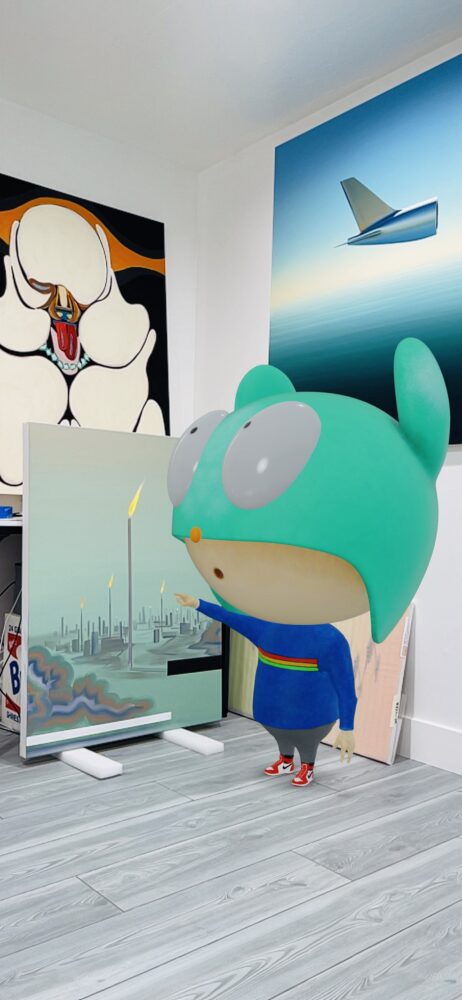
Image Courtesy Pirovino Collection
G: Sembra che ci sarà una versione 2021 di Trespassing. Cosa cambierà da quella precedente?
G: It looks like that there is going to be a 2021 version of Trespassing. Whatwillchange from thisone?
R: In questo momento, entrando nel 2021, sto formulando la prossima versione di Trespassing, ma una cosa sicuramente verrà portata avanti. La concezione di arte e artisti che in precedenza non sono mai stati presentati da Christie’s. Di conseguenza, l’idea di “trespassing”, è tangibile. Come lo era il mio obiettivo con l’evento inaugurale nel 2020, sono pronto a sostenere la causa di una nuova tipologia di arte e di nuovi artisti sulla tradizionale piattaforma di fascia alta rappresentata da Christie’s. Cerco anche di integrare un po’ di più Instagram nel processo curatoriale. Come è avvenuto con le mie attività di collezionismo d’arte da molti anni, il mio obiettivo è creare una comunità attorno alla vendita che informi il modo in cui vedo l’evento – come un dialogo con il mercato.
R: Right now, entering 2021, I am formulating the next version of Trespassing, but one thing will certainly carry forth. The thought of art and artists that have previously never been presented by Christie’s, thereby trespassing, is tangible. As was my goal with the inaugural event in 2020, I am prepared to advocate the case for new art and artists to the traditional high-end platform that Christie’s represents. I’m aiming to integrate Instagram a bit more into the curatorial process as well. As it has occurred with my activities in collecting art for many years now, my goal is to create a community around the sale which informs the way I view the event – as a dialog with the marketplace.
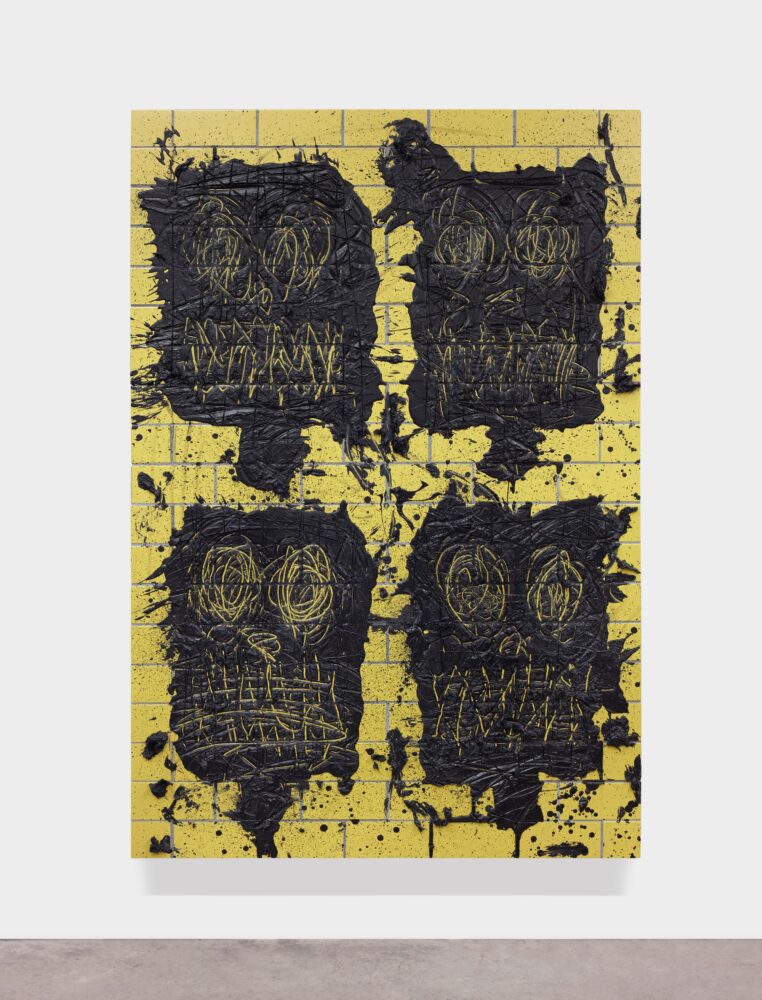
Image from Pirovino’s Instagram @pirovino
https://www.instagram.com/p/BoDNCb0FOz2/
NB: l’intervista di Giada Pellicari a Ronnie Pirovino è stata realizzata in inglese e poi tradotta in italiano da lei stessa.






